
Remarketing is an essential strategy for just about every AdWords account imaginable. Targeting ads to users who are already familiar with your site and your brand tends to increase your conversion rates and help retain existing customers.
Thankfully, Google Adwords remarketing capabilities have also advanced quite a bit in the past few years. Advertisers now have more control and more flexibility than ever to run the right strategies for their business. If you’re an advertiser sticking with a single All Users audience and calling it a day, you’re likely leaving money on the table and stunting your ability to grow your business.
There are a lot of options you can pursue to fix this. Here are nine remarketing audience types to help jumpstart your strategic planning.
Engagement-Based Audiences
Engagement-based audiences are defined by on-site behavioral metrics such as session duration or pages per session. They help filter out lower-quality users (e.g. users who bounced) who are unlikely to engage with your site again.
Demographic-Based Audiences
Demographic-based audiences are defined by criteria such as location, age, or gender. These audiences help you reach your target demographics more effectively. Also, by using these definitions in creating an audience, you eliminate the need to use the same targeting criteria in the Google AdWords UI.
 Intent-Based Audiences
Intent-Based Audiences
Intent-based audiences are defined by where a user is in the marketing funnel (e.g. awareness, interest, desire). For example, a user who spent time on the About Us page may signal s/he is higher up the funnel than a user who added something to their cart before leaving.
The important part about using intent-based audiences after defining them is to make sure your ad content is tailored to that part of the funnel. Speaking to a user’s needs based on where they are in their journey is key to moving them further along.
Sequence-Based Audiences
Sequence-based audiences are defined by a specific series of steps a user must take in order to qualify. For example, if you wanted to run ads promoting a discount for a specific product, you may want to limit these ads to show only to users who hit that product page, added it to their cart, and then proceeded to checkout process before abandoning.
These audiences can take a bit longer to adequately populate, but they can significantly improve conversion rates when applied and used appropriately.
 Customer Segment Audiences
Customer Segment Audiences
Customer segment audiences are defined by behavioral trends among your existing customers. For example, a customer who’s purchased from you multiple times in the past year may be considered a loyal user while someone who purchased something a year ago and hasn’t since may be considered a lapsed user. Not only does this audience option allow you to expand your targeting based on customer data that lives outside of AdWords, but initial results have shown that it has a higher email match rate compared to other ad platforms like Facebook and Twitter.
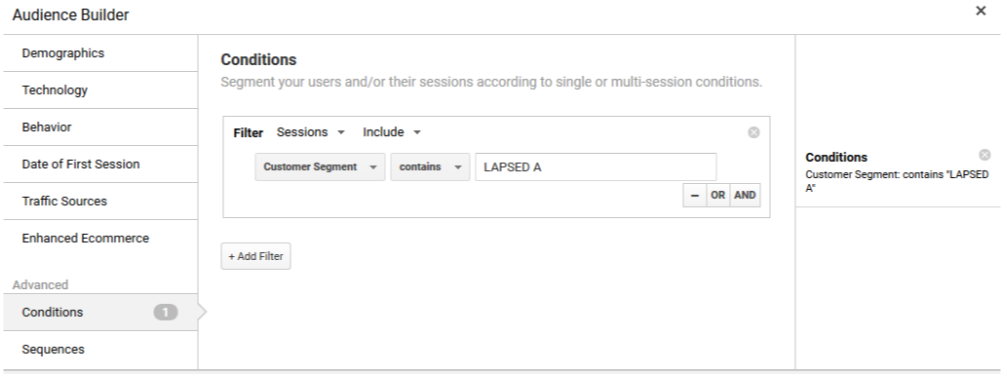
Customer Match Audiences
Customer match audiences are defined by the email addresses of your known leads and/or customers. These audiences are great for promoting customer retention and use in RLSA (remarketing lists for search ads).
You can upload an un-hashed list of email addresses directly into Google AdWords and it will encrypt the file for you. Any list uploaded must have a minimum of 1,000 email addresses as many will inevitably be excluded due to them not being connected to Gmail.
Similar Audiences for Search
Similar audiences are created automatically by Google AdWords. They’re look-alike audiences based on the remarketing lists you create. While they’re sometimes riskier to use in display campaigns, they can work wonders in your search campaigns; they allow you to be more visible to users similar to any of your qualified audiences without blowing your search budget on all potential search impressions.
YouTube-Based Audiences
YouTube-based audiences are defined by your YouTube account. Once you link your AdWords and YouTube accounts together, you’ll be able to port over audience lists such as users who’ve watched one of your videos or users who’ve visited your YouTube channel page.
Studies show that across social platforms, YouTube has some of the stronger rates in product introduction during the first stage of the conversion funnel, as well as higher rates in closing sales.
 Negative Audiences
Negative Audiences
Last but certainly not least, negative audiences allow you to exclude sets of users from seeing a given set of ads. You add these to any campaign or ad group just as you would an audience that you want to target (just as an exclusion instead). These allow you to filter out certain audiences who don’t meet your criteria for a given campaign’s goals without the need for creating a custom combination or a separate audience with that same exclusion built into its definition.
The Power of Audience Targeting in PPC
Keyword intent is incredibly important for paid search, and it’s not going anywhere anytime soon. But there’s greater power in layering keywords with high-quality audience data. PPC is going to continue following the paths carved out in channels like Display and Social, with Google and Bing further launching paid search targeting methods that are audience-focused. Rather than let your remarketing audience strategy sit dusty and untouched on the shelf, understand the stories your site visitor data is telling you and shape your paid search retargeting tactics accordingly.
Do you see some opportunities that would make sense for your business? Go forth and execute!
This is only a baseline of what you can and should be doing to take advantage of remarketing. From here it’s all about what you do with the audience types that will make the real difference for your campaigns and your company.

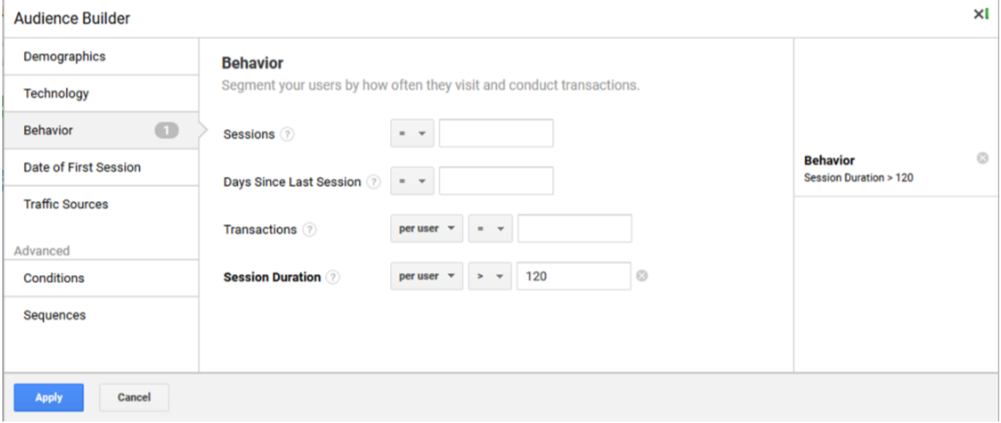
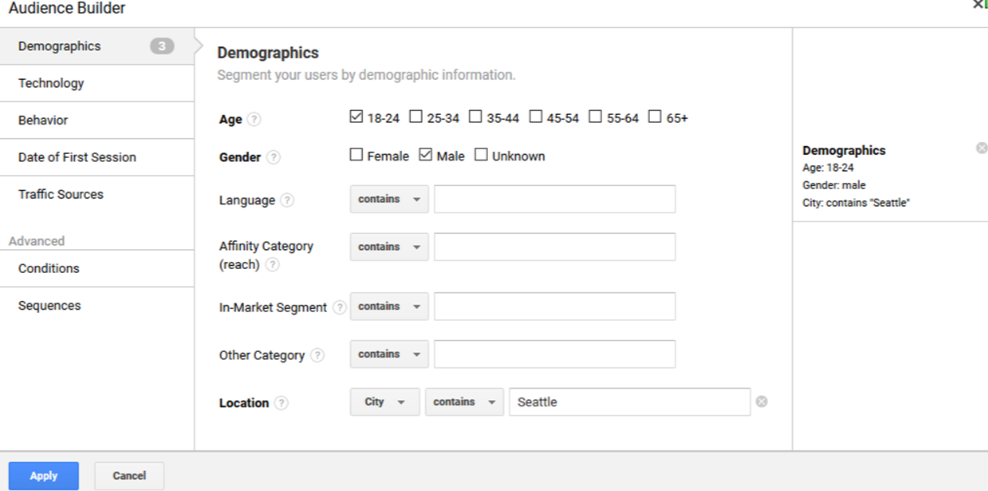 Intent-Based Audiences
Intent-Based Audiences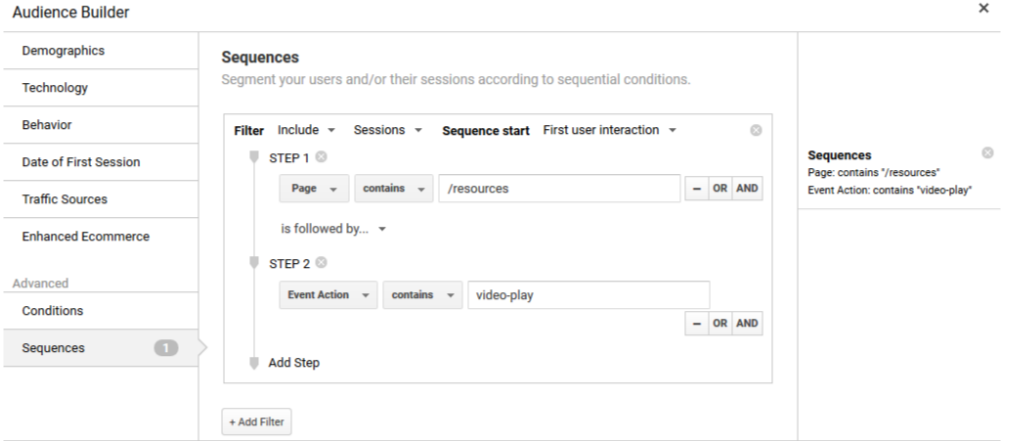 Customer Segment Audiences
Customer Segment Audiences Negative Audiences
Negative Audiences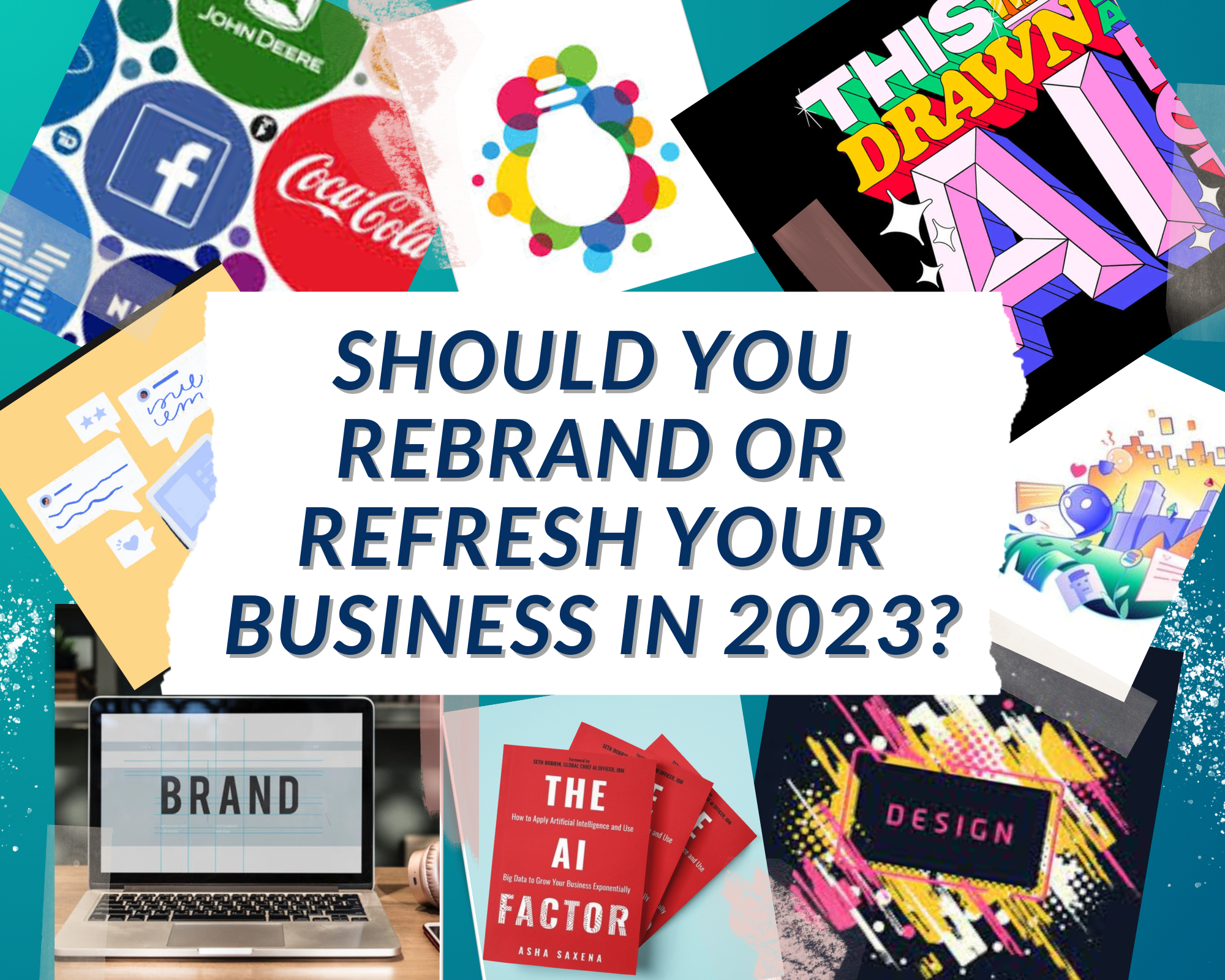


6 Responses